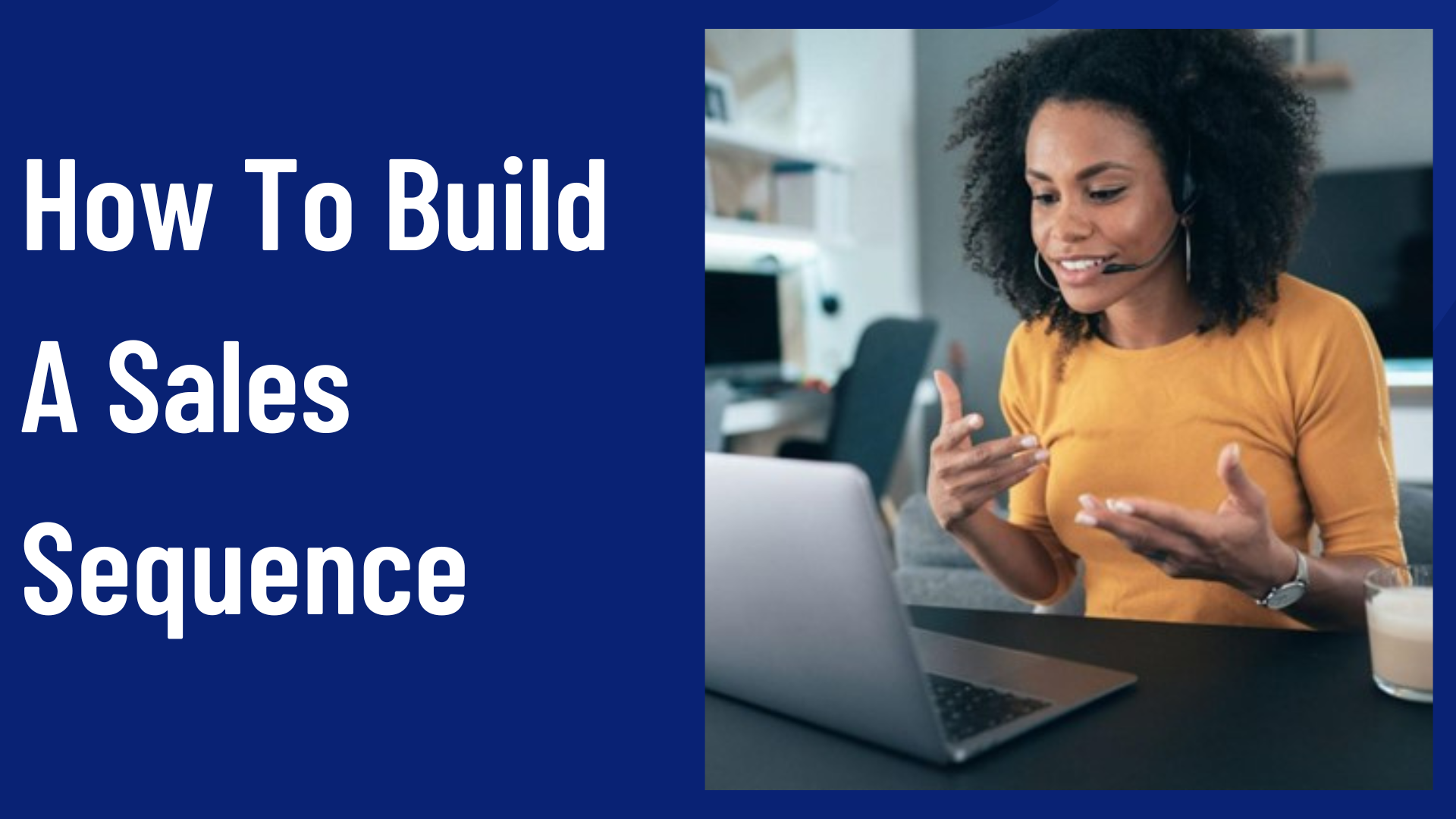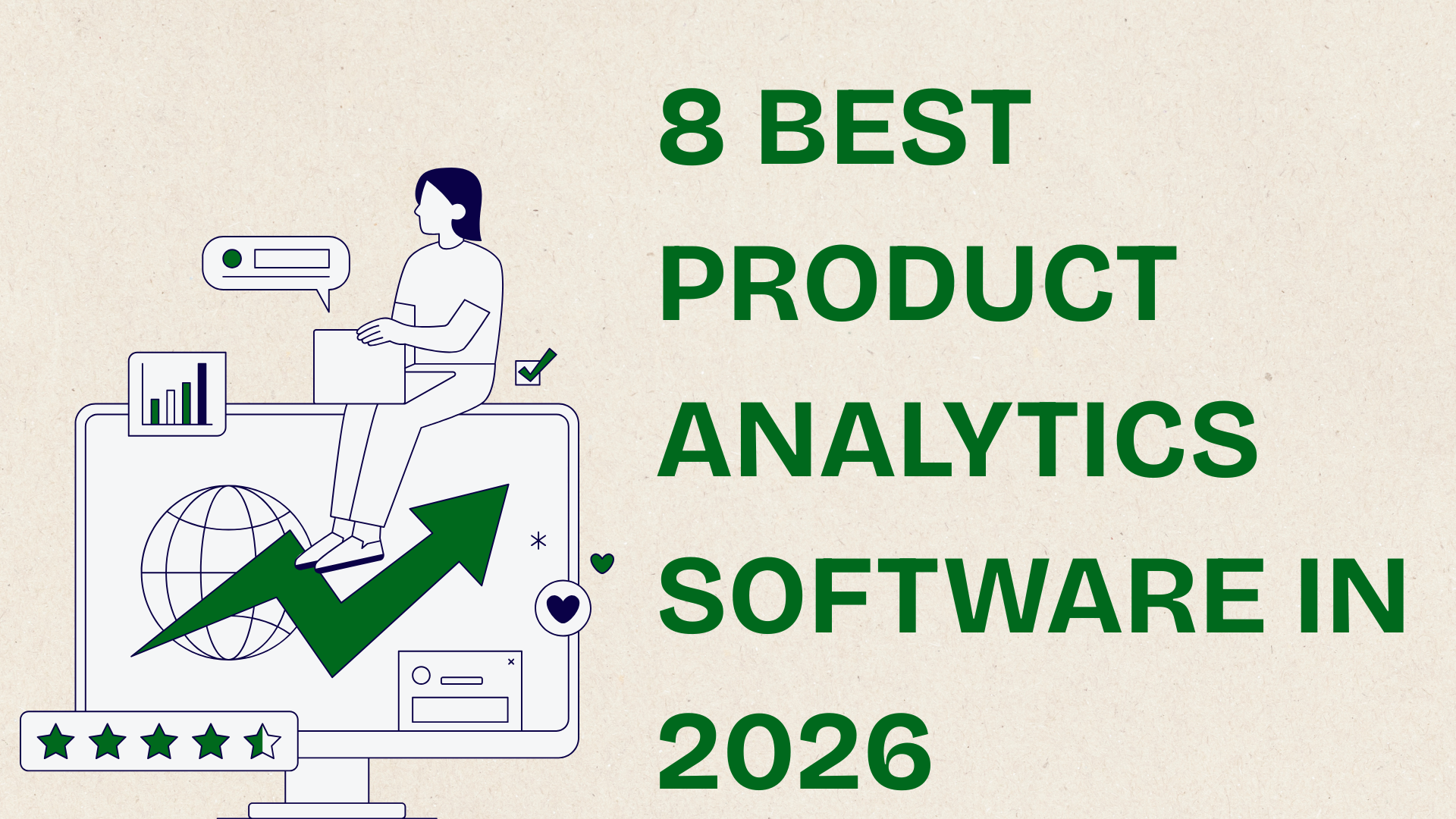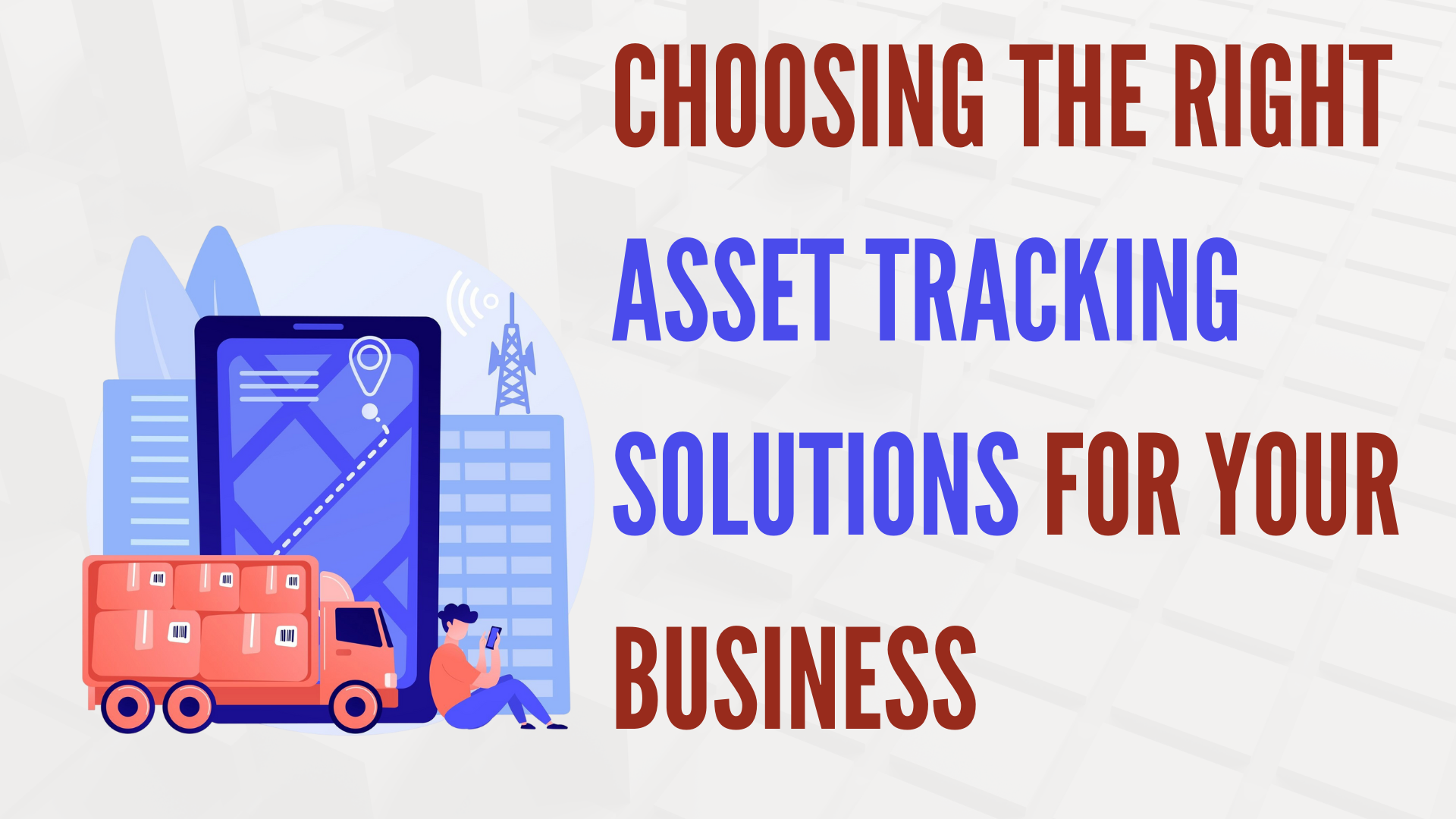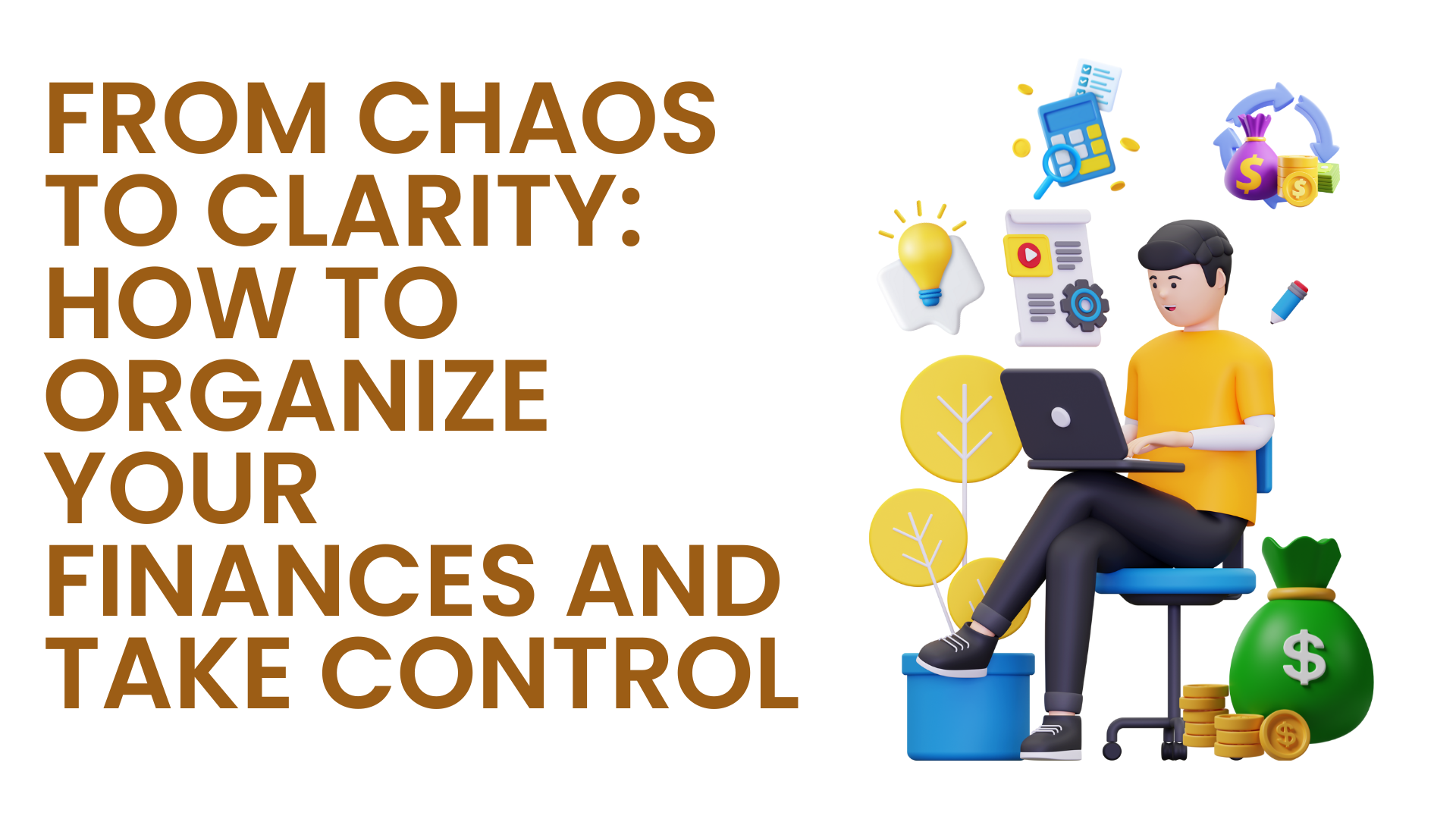As competition intensifies in the current business arena, nurturing good relations with potential customers is crucial.
There is always a need for companies to engage in good communication to be able to retain customers, especially when it is B2B sales where the decision-making involves other organizations.
Cohesive sales communication is crucial at every stage, focusing on understanding clients' purchasing dynamics beyond just trust and value.
In the present data-driven era, sales engagement and automation tools and concepts such as SNA can significantly enhance the sales process.
This guide assists you in knowing the B2B sale sequences, the right approach to your email pitching and more tips in order to facilitate your sales process.
What is a Sales Sequence?
A sales sequence is a set of actions that is planned depending on the time interval and aimed at reaching out to prospects in the particular time frames.
Such interactions may include emailing, calling, interactions on social media platforms, and many others. The objective is to educate potential customers to navigate the sales funnel and show that the seller is believable and valuable at every stage.
Sales sequences are essential to sales automation, thus streamlining processes and is easily programmable through platforms.
According to a 2023 HubSpot report, 44% of sales reps give up after just one follow-up. This highlights the importance of persistence within a well-designed sales sequence.
How to Build a Winning B2B Sales Sequence
Building a successful B2B sales sequence involves strategic planning and execution. Here are the key steps:
Create a Sales Sequence Strategy
1. Identify Goals: Specify the objective, for example, meeting appointments, business leads, or sales.
2. Understand Your Audience: Understand the needs, wants, and habits of the customers to whom your business is targeting.
3. Map the Buyer's Journey: Ensure that the sequence of your approach is consistent with the buyer’s journey.
4. Set Up Tools: Utilize sales engagements through platforms to streamline your process.
Craft a Flawless First Sales Email
1. Compelling Subject Line: Write a headline that will attract the attention of the target readers.
2. Personalized Opening: Start the email by addressing them by their name to ensure the email is relevant.
3. Value Proposition: Make it easy for the recipient to understand how your product helps to solve their problem.
4. Call to Action: Make sure to offer a specific and concise call-to-action, for example, a call for a meeting.
Monitor the Right Metrics
1. Open Rates: Track how many people opened your emails.
2. Response Rates: Record the number of people who reply to your messages.
3. Click-Through Rates: Keep track of clicked links by the respective number of recipients.
4. Conversion Rates: Analyze the percentage of leads that convert into customers.
Learn, Optimize, and Be Creative
1. A/B Testing: Try out various subject lines, email body text, and CTA to see what would yield the best result.
2. Feedback Loop: Get your sales team and prospects involved in the survey to help you tweak the approach you’re taking.
3. Continuous Improvement: Ensure that the overall sales sequence is updated and polished over a certain period to suit the performance data and feedback gathered.
What Are the Various Channels You Can Use in a Sales Sequence?
A comprehensive sales sequence utilizes multiple channels to reach and engage prospects effectively. Here are the primary channels:
Cold Emails
Cold emailing is a key technique in cold outreach, targeting both broad and specific groups in the initial stage of the sales funnel.
Using data on the recipient’s business needs and challenges for these emails can greatly enhance the open rates. Sales automation tools like the Snov.io email address search can help you find accurate email addresses for your outreach efforts.
Moreover, providing a specific call to the action can assist the prospects in moving further in your selling process.
* Personalization: Include the recipient's name and company and mention particular problems they might face.
* Follow-Up: Use follow-up emails to chase the non-responsive prospect once again.
Cold Calling
Cold calling adds a personal touch to sales follow-up and can be highly effective if well-prepared and responsive to questions. Trust is critical during such a call, as it makes a positive first impression that ensures a deeper discussion on how the solution can benefit the client.
Notably, salespeople who give their reason for calling are 2.1 times more successful in booking meetings, which highlights the importance of transparency and clear communication.
* Preparation: It is important that you take time to research your prospects before you make the call so that you can be more informal.
* Value Delivery: It is necessary to explain in detail all the advantages of the product or service you offer.
Social Media Messages
Engaging with prospects on social networks, especially LinkedIn, enhances your email and phone interactions. By sharing valuable industry content, you can establish yourself as an expert. Additionally, observing their social media accounts helps you understand what they are currently experiencing or interested in.
LinkedIn is particularly effective for this purpose, as 80% of B2B marketers advertise on the platform, leveraging its professional network to connect with potential clients. Insights gathered here can also guide the creation of more compelling pitch presentations using Google Slides AI, helping tailor your message to each prospect.
* LinkedIn Outreach: Connect with prospects and send personalized messages.
* Content Sharing: Share valuable content that addresses your prospect's pain points.
An Example of a Best-Performing Email Sequence
To illustrate, here is an example of a high-performing email sequence:
1. Initial Email: Introduce yourself, highlight a common problem, and offer a solution.
2. Follow-Up Email: Add further value, preferably in the form of a case study or a success story.
3. Reminder Email: Refer the prospect to previous emails that you sent and inquire if they have thought about your offer.
4. Last Attempt Email: Make a sense of emergency stating that this is the last time you will contact them, and explain what should be done next.
Conclusion
Sales sequences are important when it comes to capturing and interacting with leads in the most effective manner.
Hence, a proper understanding of the audience, writing targeted messages, and addressing as many channels as possible will serve you well in developing a successful B2B sales sequence.
So, regularly review and improve your marketing strategies. With the right strategy and tools like Snov.io, you can optimize your sales platform, driving better results for your business.
















Post Comments